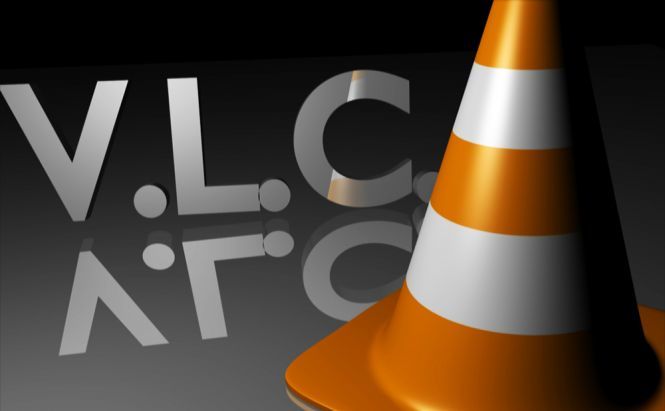 Not so Hidden Functions of VLC Media Player
Not so Hidden Functions of VLC Media Player
Even if you’ve never used it, at least surely you have met its famous icon in the shape of an orange traffic cone. Nowadays VLC media player is definitely one of the most popular tools all over the world. Users appreciate its compactness, simplicity of the interface and often set it as the default player for all the videos they watch. However, plenty of its capabilities stay simply unnoticed. Let’s dig deeper and have a look at some of its functions that unfairly remain in the shadow.
Convert videos

The video conversion function that can turn out to be exceptionally useful in the era of numerous gadgets. There is no need in searching for a separate video converter to download a new episode of your favourite TV show on your iPad or Android smartphone. Do it right from VLC: go to the Media menu and choose the Convert/Save option. Select the output format (you can even extract audio from your movies), tweak some additional parameters if needed, and that’s it!
Watch YouTube videos
It may sound useless, but why not? If you are not a fan of the YouTube interface or want to access the codec information, then mighty VLC will help you again. Copy the video URL, open the player and proceed to the Media menu again. Click Open Network Stream, and paste the URL into the box. The video will be loaded and played instantly in the VLC window.
Listen to the radio

VLC player can serve as a tool for listening to music as well. If you open the playlist and click on Icecast Radio Directory, you will discover an impressive list of radio stations. Probably the navigation system here is not the peak of perfection, still there is at least a search field available. So if you know the exact name of the station you would like to listen, there will be no problem to find it quickly.
Record the desktop
If you need to capture your screen, the versatile VLC will come to the aid again. Of course it lacks advanced recording features as special tools dedicated for this purpose, however, it is a good choice for a quick capture. To start recording, access the Convert/Save feature again and now proceed to the Capture Device tab and select Desktop as a source. The rest is up to you: specify the frame rate, the destination file, resolution and start the process by hitting the start button.
Create a video wallpaper

The necessity of this feature may seem questionable: it will drain the battery (in case you have a laptop) and distract you. Nevertheless, if you need to impress a friend or just want to amuse yourself, open the VLC's preferences. Click the Video icon, select DirectX in the Output box, save settings and restart the player. Now choose the future background video, launch it and select Set as Wallpaper on the Video menu. The player window will be automatically minimized to tray and you'll see the new background. Unfortunately, I was not quite satisfied with the result: all my desktop icons were removed while this mode was active.
Edit videos

This feature is pretty expected in a full-fledged video player, still if you have never used it, the possibility of customizing videos may awake your interest. The set of the available options is wide: you can perform editing operations from cropping or adjusting brigthness and contrast to colourizing or fixing the broken videos. Moreover, you can make all these changes only temporarily while watching the movie, or set them permanent by applying them together with the Conversion/Save action.
Hopefully these six examples already can prove the VLC to be not only an uncomplicated video player, but posessing indeed a wide set of recording and editing tools. If you rummage more thoroughly, you'll certainly find another 'bonuses' for advanced use.


